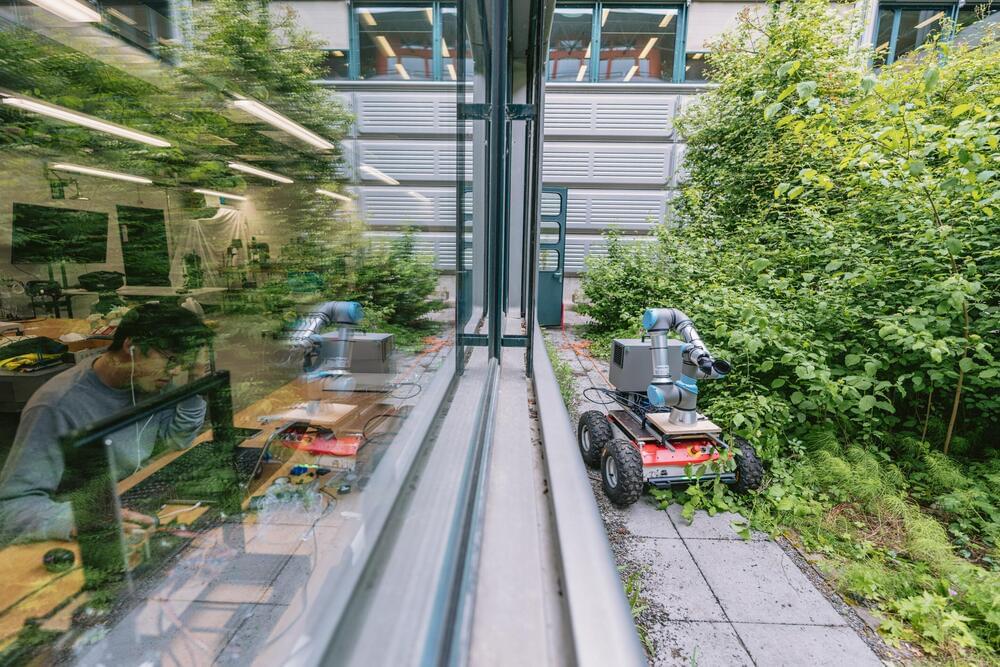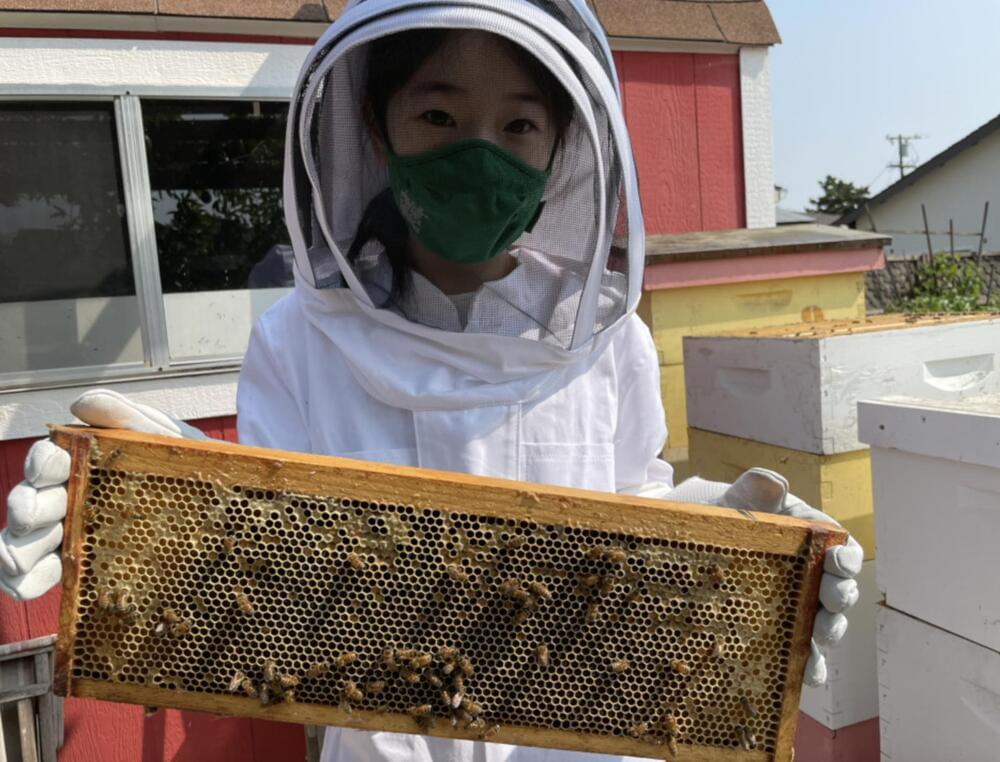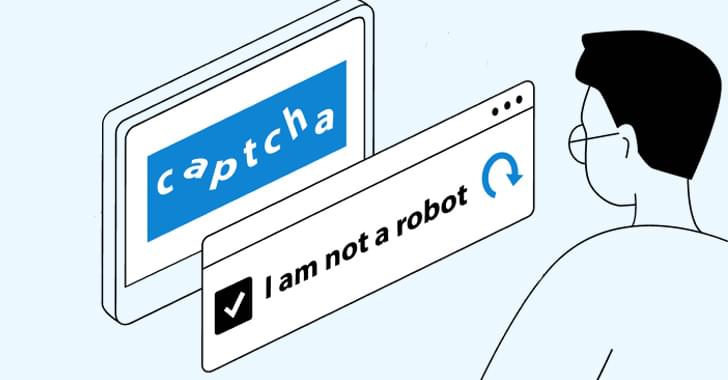Poems, essays and even books—is there anything the open AI platform ChatGPT can’t handle? These new AI developments have inspired researchers at TU Delft and the Swiss technical university EPFL to dig a little deeper: For instance, can ChatGPT also design a robot? And is this a good thing for the design process, or are there risks? The researchers published their findings in Nature Machine Intelligence.
What are the greatest future challenges for humanity? This was the first question that Cosimo Della Santina, assistant professor, and Ph.D. student Francesco Stella, both from TU Delft, and Josie Hughes from EPFL, asked ChatGPT.
“We wanted ChatGPT to design not just a robot, but one that is actually useful,” says Della Santina. In the end, they chose food supply as their challenge, and as they chatted with ChatGPT, they came up with the idea of creating a tomato-harvesting robot.




